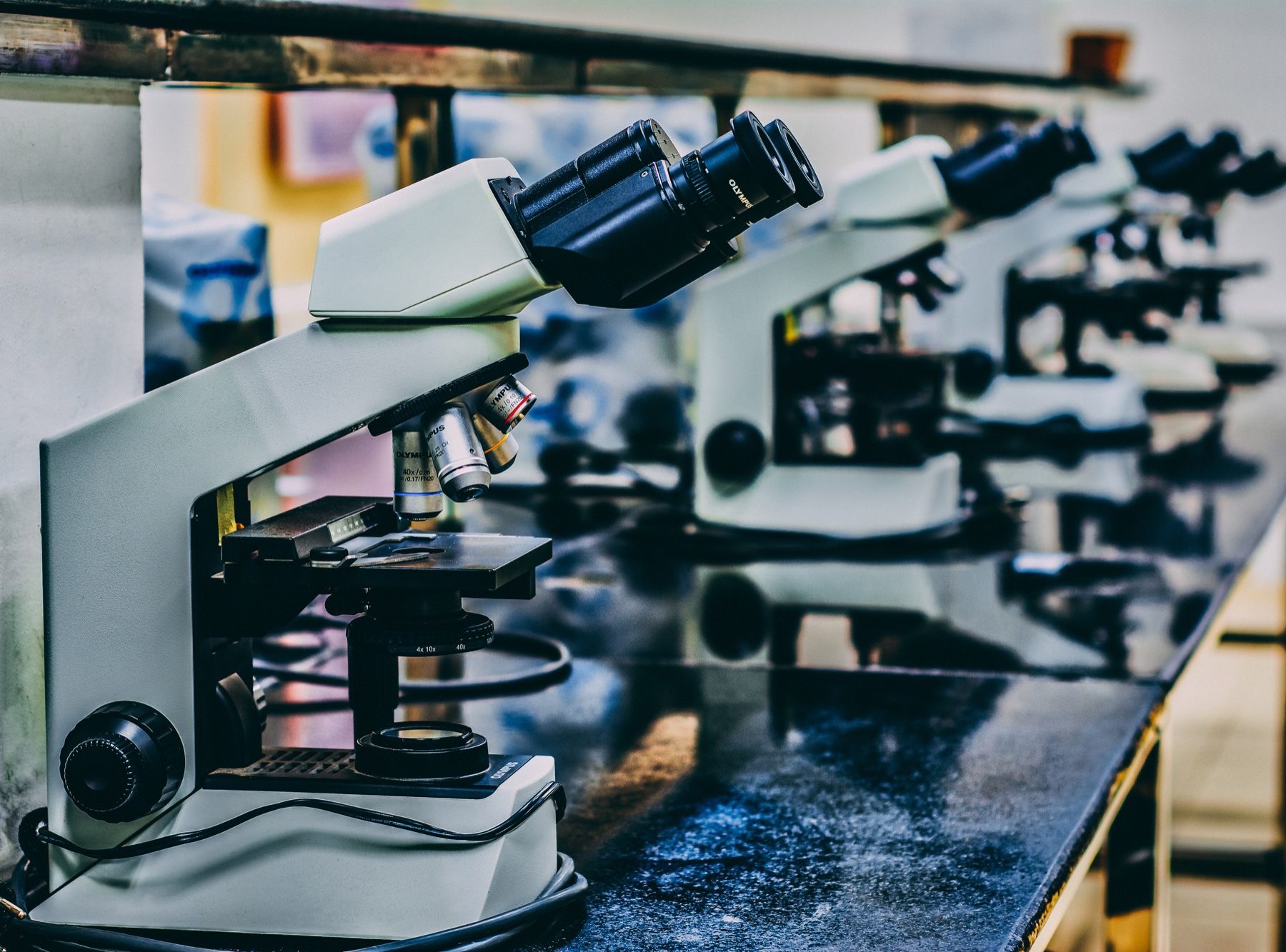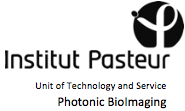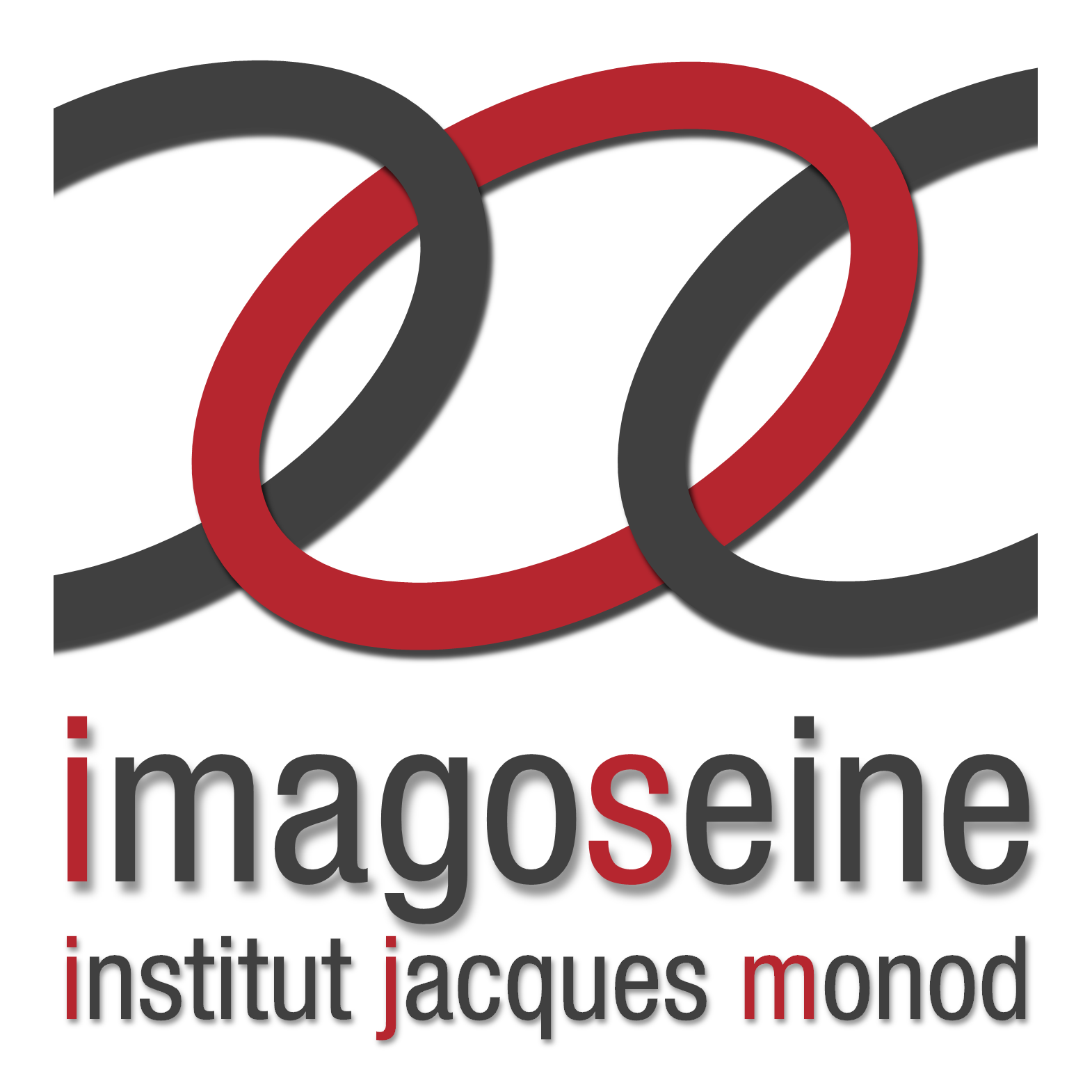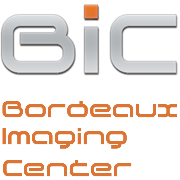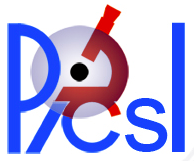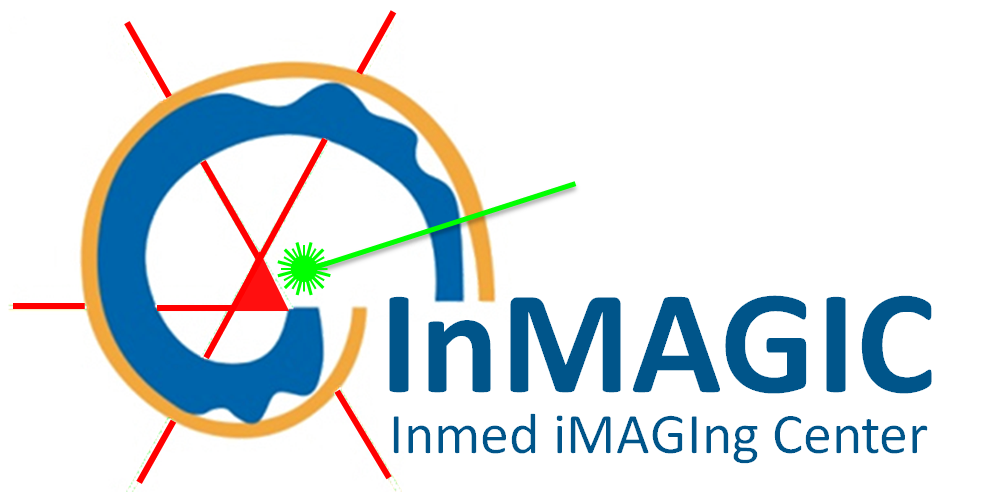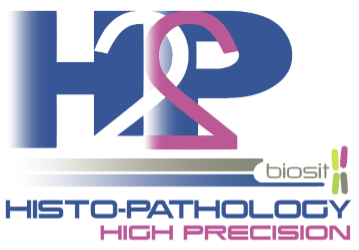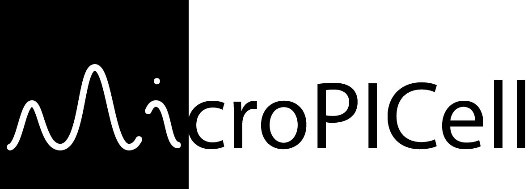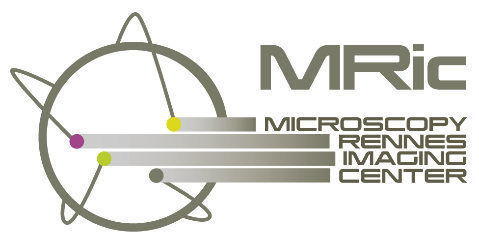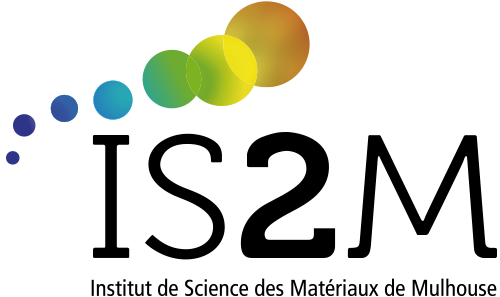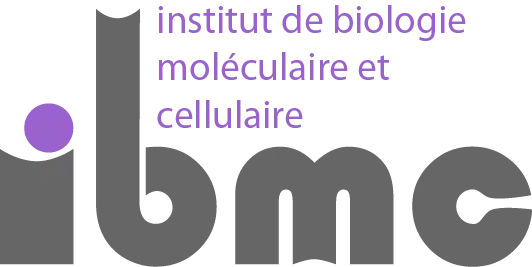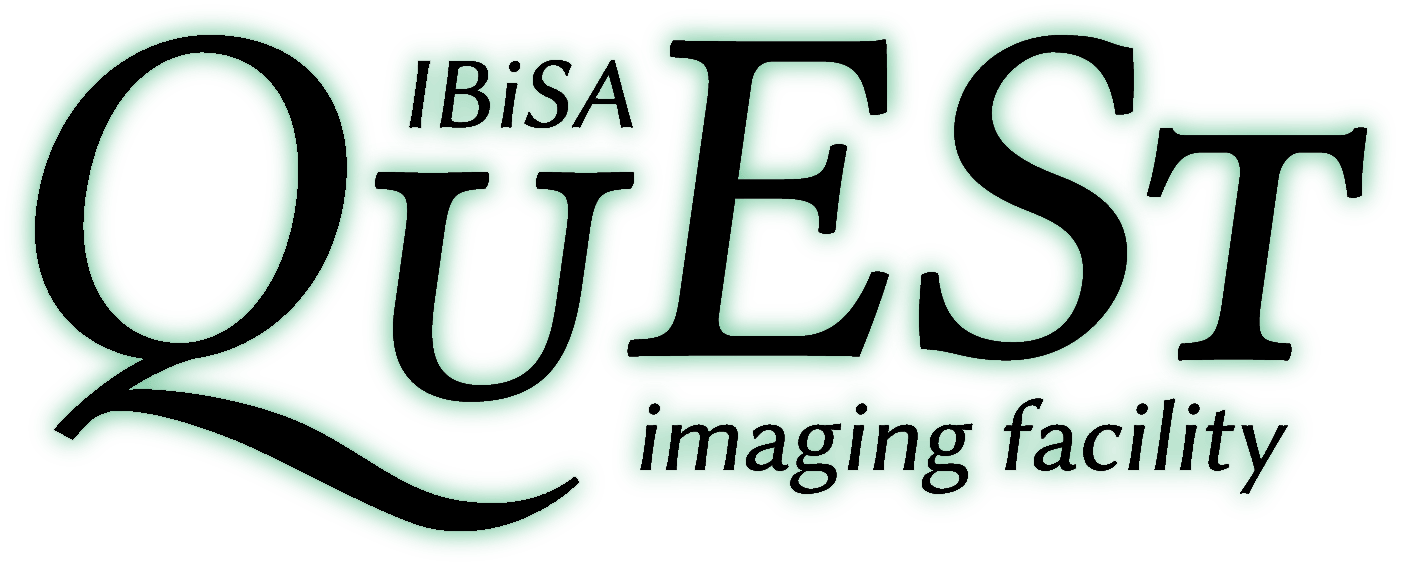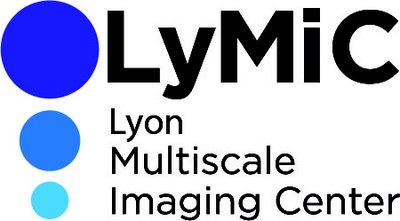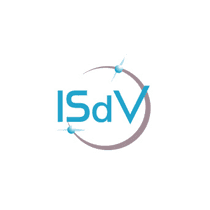NeurImag is a service and R&D Cell and Tissue imaging core facility of the Institute of Psychiatry and Neuroscience of Paris (IPNP, INSERM U1266 – Université de Paris) since October 2017.
It is divided in :
- Imaging services using photonic microscopy,
- Image analysis service providing « home made analysis solutions » through programming using either Icy, iLastik, ImageJ and/or MatLab.
- Primary cell culture services that provide neuronal cells, organoïds and tissue to solve biological questions through live and super-resolution imaging.
To groundwork our scientific operation, the daily management is divided into three interconnected services under the single management of a scientific director, Lydia Danglot (Inserm, “Chargé de Recherche” in T. Galli research team, Ph.D. in Neurosciences). The daily management of the operations are coordinated by (1) David Gény (Inserm, “Ingénieur d’études”, Master in Imaging Methods and Technology) and Philippe Bun (Inserm, “Ingénieur de recherché”, Ph.D. in Biophysics) for the Advanced Light Imaging and Data Analysis service, (2) and Julie Nguyen (Inserm, “Ingénieur d’études”, Master in Biochemisty and Cell Biology) for the Primary Cell Culture service.
NeurImag manages 7 light microscopy systems for (A) the observation of biological macromolecular structures (full field) with very high spatial (3 confocal, 1 Airyscan confocal, 1 super-resolution SIM and 1 3D-STED and STED-FCS) and temporal (spinning-disk) resolution or high molecular localization precision (2 super-resolution microscope for PALM, SPT and 3DSTORM) correlated respectively with high speed Airyscan or swept-field confocal (SFC), (B) monitoring macromolecular dynamics and interaction within cells and/or living organism with minimal phototoxicity (full field, spinning-disk and fast Airyscan confocal) and (C) spectroscopy approaches for monitoring intracellular and molecular dynamics using light manipulation (spinning-disk with laser ablation and FRAP addons) and fluorescent lifetime decay measurements (fast-FLIM confocal) respectively. NeurImag also provides 3 workstations directly connected to microscope computers for image processing and data analysis using free- and commercial software such as ICY, ImageJ, Huygens, iLastik, Imaris, Neurolucida, Volocity, Zen Blue (Zeiss), SRX (Bruker) and MatLab.
The NeurImag cell and tissue culture services offers a unique service for biological sample preparation ranging from cells (primary culture of hippocampal/cortical neurons or glial cells, organoïdes, cells lines and tissues) with the optimization of immunofluorescence labeling or transfecting protocols to the management of human biological samples from the Pathology department of GHU-Paris/Sainte-Anne Medical Center, located on the same campus. The service is equipped with 6 biosafety level2-culture rooms including 15 Class II A2 biosafety cabinet, 18 CO2 incubators, 6 bench top centrifuge, 5 light microscope and one fluorescent microscope for a quick cell culture/transfection check. As an example, internal and external teams can buy weekly, plates of neurons seeded on glass coverslips to directly proceed for imaging or transfection.
Since Neuroscience is a major research topic at IPNP, the NeurImag Imaging Facility addresses imaging techniques related to issues faced in this field. Imaging techniques currently available cover a wide range of spatiotemporal resolution, ranging from video-microscopy, super-resolution imaging (PALM, STORM, STED 3D and SIM), sample preparation and quantitative image analysis. If you wish to discuss about the potential and decisive contribution of imaging techniques to your research project, do not hesitate to
contact us.
List of system and services available
- Deconvolution widefield microscopy
-
Videomicroscopy and slide scanner system
-
Laser scanning confocal microscopy (LSCM) + Gated detectors + White Light Laser
-
Spinning disc confocal system +Fast 2 colors GEMINI module
Swept-field confocal system
-
Total internal reflection fluorescence microscopy (TIRF)
-
Fluorescence Correlation Spectroscopy (FCS)
-
Fluorescence Cross-Correlation Spectroscopy (FCCS)
-
Fluorescence lifetime Imaging microscopy (FLIM)
-
Fluorescence resonance energy transfer (FRET)
-
Fluorescence recovery after photobleaching (FRAP)
-
Laser ablation and Photon uncaging
-
Structured Illumination Microscopy (SIM)
-
Photoactivated localization microscopy (PALM)
-
STimulated Emission Depletion microscopy (STED) +/- Fluorescence Correlation Spectroscopy module
-
Stochastical Optical Reconstruction Microscopy (STORM) with 3D biplane module
-
Primary cell culture preparation + optimization on request/demand
-
Sample preparation (transfection, Immunostaining, 3D cultures)
-
Image Data Processing and Analysis +custom made solution
-
Workstations for data analysis (commercial softwares)
